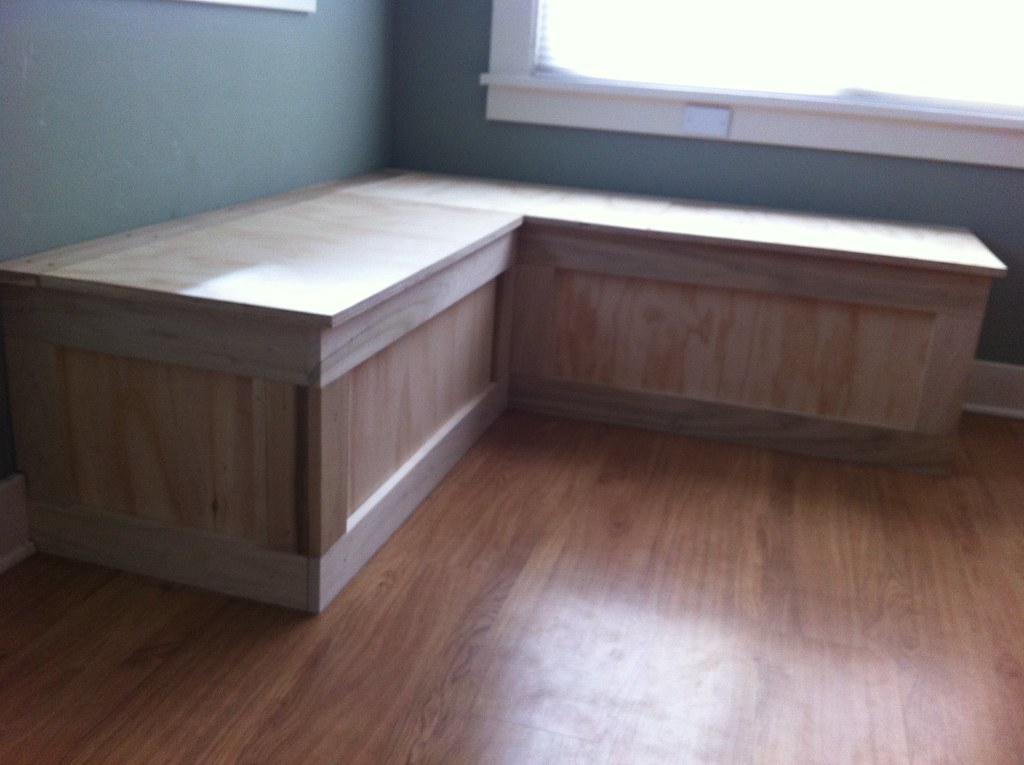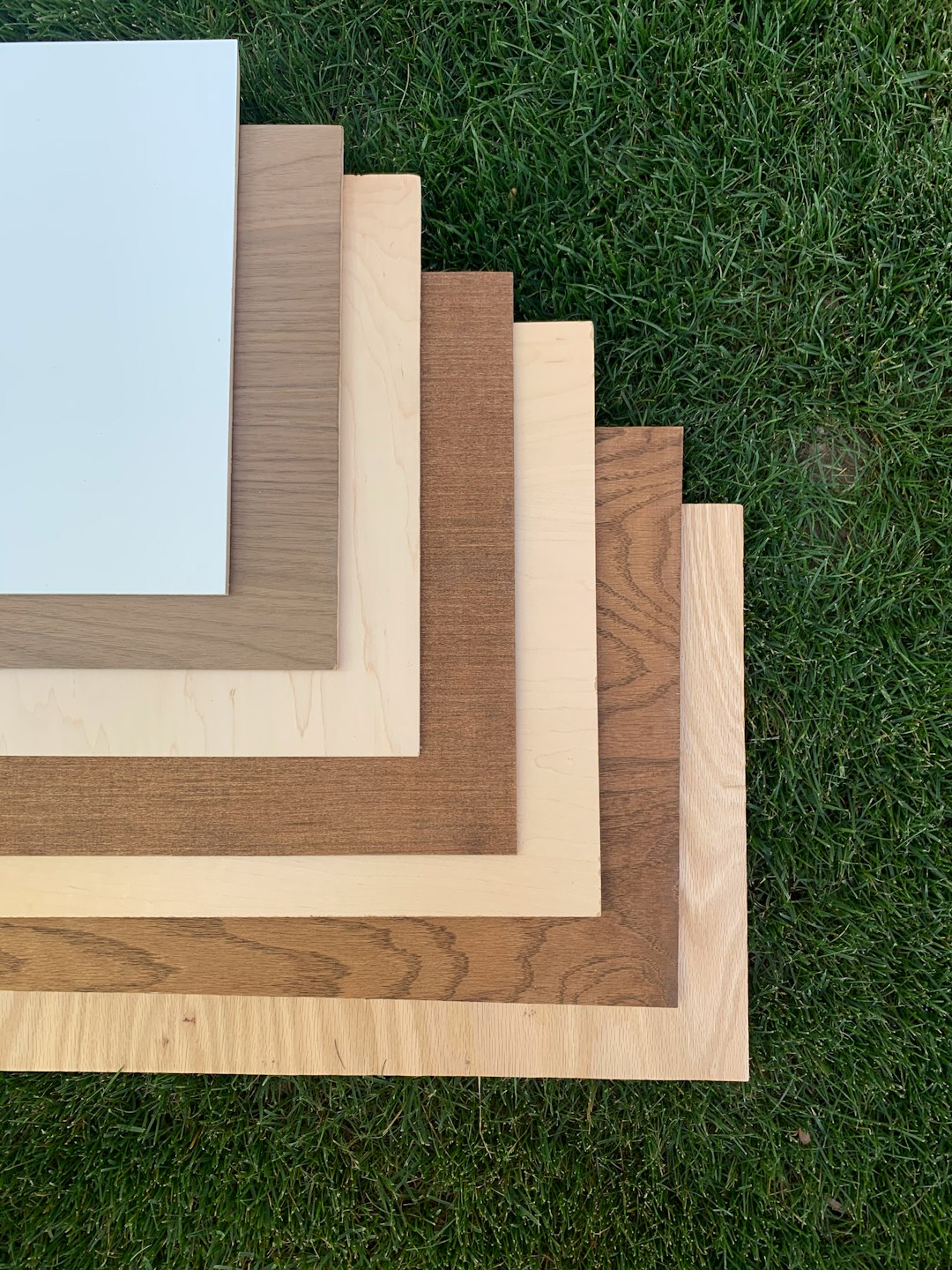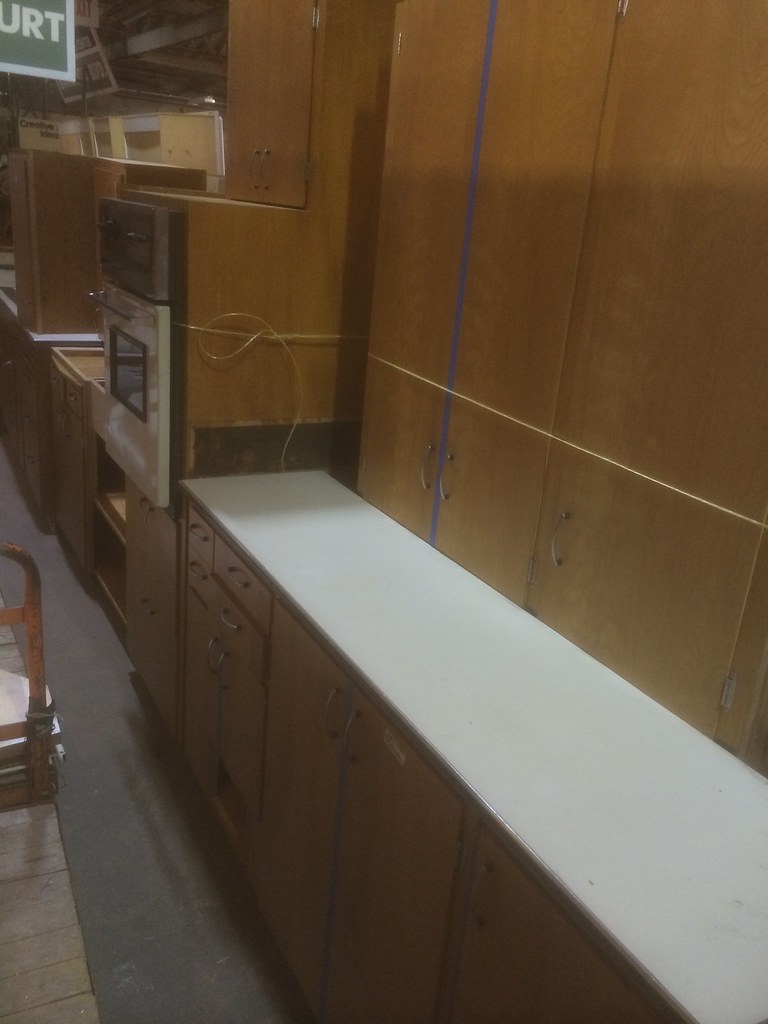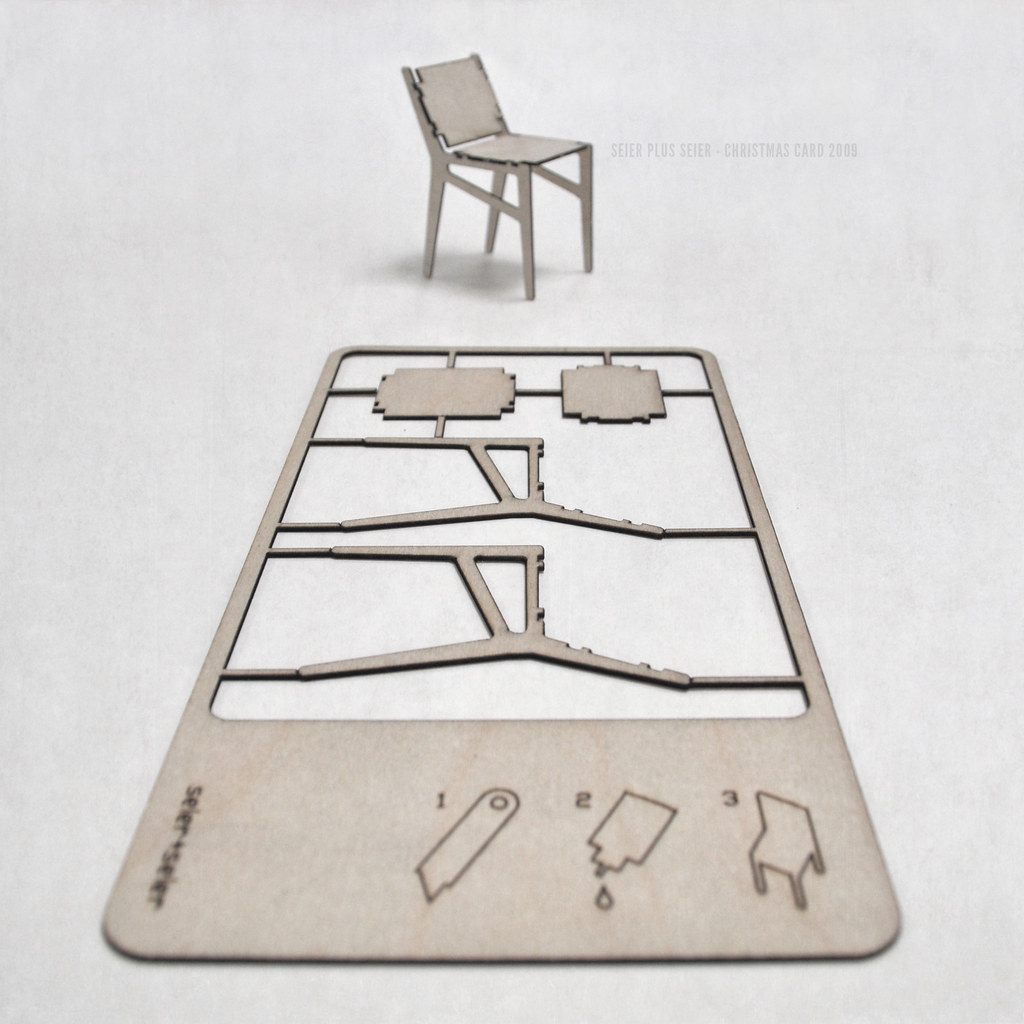Discover the versatility and durability of plywood for cabinets, a popular choice among homeowners and designers alike. Did you know that plywood is not only cost-effective but also provides exceptional strength and stability, making it ideal for crafting long-lasting and beautiful cabinetry? Explore the benefits and considerations of using plywood in your next kitchen or bathroom project.

-
-
-
-
-
-
-
-
-
-

Plywood is a crucial material in cabinet construction, offering a combination of strength, durability, and aesthetic appeal. The quality of plywood is generally determined by its grade, which is based on the appearance and integrity of the plywood's veneer surfaces. Grades range from A (the highest quality) to D (the lowest quality), with A-grade plywood having the smoothest and most defect-free surfaces. For cabinet making, higher-grade plywood (A or B) is often preferred for visible surfaces such as doors and cabinet fronts, as it provides a smooth, attractive finish that's ideal for painting or staining. Lower grades (C or D), while more affordable, may have knots, splits, or other imperfections, making them suitable for less visible areas like cabinet backs or internal structures. Understanding plywood grades and selecting the appropriate grade for different parts of a cabinet can significantly impact the overall quality, appearance, and longevity of the finished product.
The thickness of plywood used in cabinet construction plays a pivotal role in determining the durability and strength of the finished product. Plywood thickness is typically measured in inches or millimeters, with common thicknesses ranging from 1/4 inch (about 6mm) to 3/4 inch (about 19mm). For most cabinet applications, 1/2 inch (about 12mm) to 3/4 inch (about 19mm) plywood is preferred, as it provides sufficient strength to support the weight of dishes, cookware, and other items commonly stored in cabinets. Thicker plywood not only offers greater structural integrity but also resists bending or warping over time, ensuring the cabinet remains stable and functional for years to come. However, the choice of thickness may also depend on the specific requirements of the cabinet design and the anticipated load it will bear. Therefore, selecting the appropriate plywood thickness is crucial for achieving the desired balance between durability, functionality, and cost-efficiency in cabinet construction.

The core of plywood plays a pivotal role in both the construction and the aesthetic appeal of cabinetry. It essentially determines the strength, stability, and surface finish of the final product. Plywood cores come in various types, including veneer core, particleboard core, and MDF (Medium Density Fiberboard) core, each offering distinct benefits and considerations for cabinet construction.
Veneer core plywood is highly sought after for its strength and lightweight properties, making it an excellent choice for large cabinet panels and doors that require both durability and ease of handling. The layers of wood veneer that make up the core contribute to its structural integrity, allowing it to resist warping and bending over time. This type of core also provides a smooth surface that can be easily finished with paints or stains, enhancing the cabinet's aesthetic appeal.
Particleboard and MDF cores, on the other hand, offer superior surface smoothness, making them ideal for applications where a high-quality finish is paramount. Cabinets constructed with these materials exhibit a uniform texture that is perfect for applying veneers or laminates, resulting in a sleek and modern appearance. However, these materials tend to be heavier and may not provide the same level of structural strength as veneer core plywood, making them less suitable for large or heavily loaded cabinets.
Choosing the right plywood core type is crucial for achieving the desired balance between functionality, durability, and visual appeal in cabinet construction. It's important to consider the specific requirements of your project, including the expected load on the cabinets, the intended finish, and the overall design aesthetic, to select the most appropriate plywood core for your needs.

Choosing the right plywood for your cabinet projects is crucial for ensuring durability, aesthetics, and overall satisfaction. Start by considering the grade of plywood; A-grade plywood is ideal for visible surfaces due to its smooth, blemish-free surface. For less visible areas, B or C grades can be cost-effective choices without significantly compromising quality. Thickness is another critical factor; thicker plywood offers better strength and stability, making it suitable for larger cabinets or those expected to bear more weight. Additionally, understand the differences between plywood core types. Veneer core plywood is generally lighter and offers a stable foundation, while MDF core plywood provides a smoother surface, ideal for high-end finishes. Always verify the plywood's compatibility with your intended finish, whether it be paint, stain, or varnish, to ensure a professional-looking final product. Lastly, consider the environmental conditions of the cabinet's location. For areas prone to moisture, such as kitchens and bathrooms, opting for marine-grade or moisture-resistant plywood can prevent warping and ensure longevity. By carefully selecting plywood based on these criteria, you can achieve both the look and functionality you desire for your cabinet projects.
When designing the perfect cabinetry for a home or office, selecting the right plywood is crucial for both durability and aesthetic appeal. This is much like outfitting your Rivian R1S or pickup truck with the ideal camp kitchen, where practicality and design go hand in hand. If you're an outdoor enthusiast who loves combining adventure with comfort, you'll appreciate the seamless integration and smart features of the Rivian camp kitchen option. It's a testament to how thoughtful design and material selection can bring convenience and style to every aspect of our lives, from the heart of our homes to the great outdoors.
Immerse yourself in architecture’s most boundary-pushing ideas—where innovative home improvements meet visionary urban developments. Discover new building techniques, materials, and creative concepts that are redefining how we shape our spaces on a global scale.